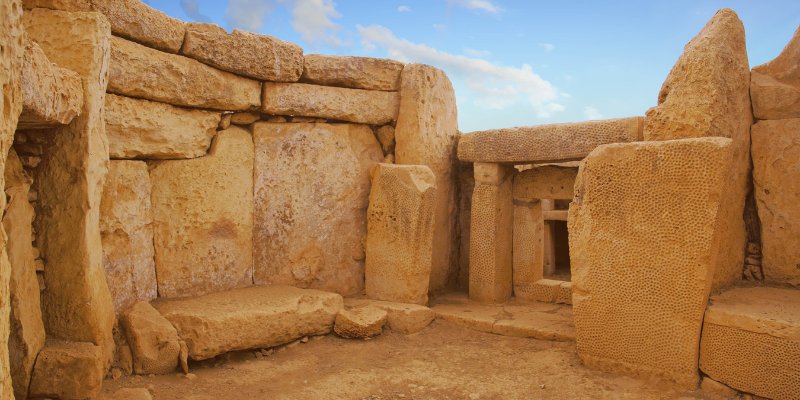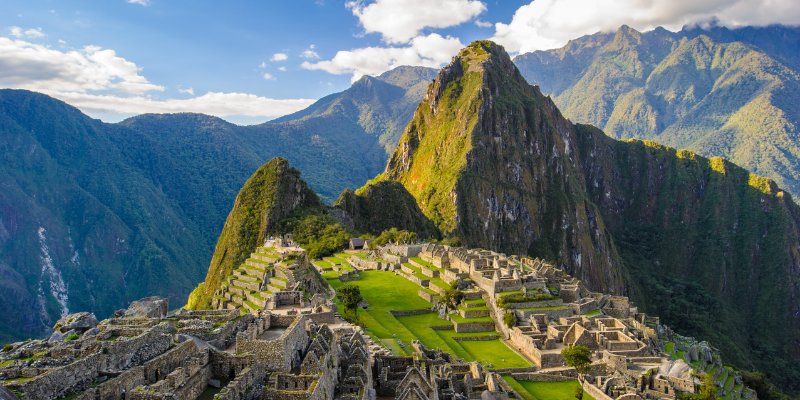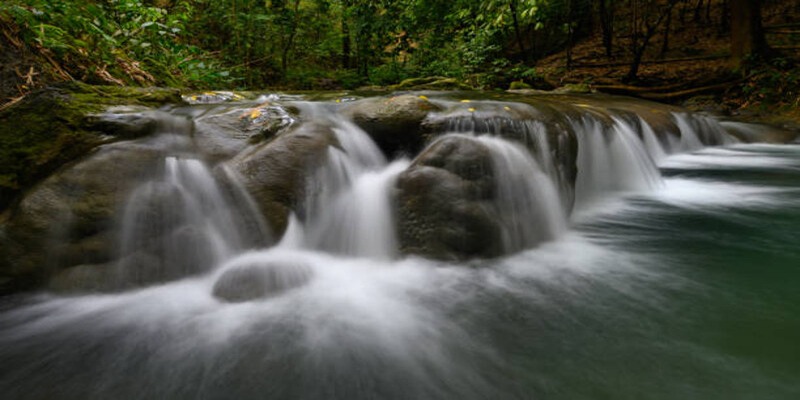Rajasthan, in the heart of India, is a shining treasure of Indian culture and heritage. This northern state attracts tourists seeking to discover India's royal heritage with its lavish palaces, colorful cultures, and vast landscapes. Rajasthan's towering palaces and lively bazaar breathe legends of bravery. Traditional music and dancing take tourists to a regal age with their rhythmic pulses.
As 2023 approaches, excitement mounts for Rajasthan's UNESCO World Heritage Sites. Deeply ingrained in the state's character, these landmarks preserve their cultural and historical value. Each UNESCO site transports visitors to another period, from forts that recount past conflicts to Rajput-era palaces. The following year promises a deep dive into Rajasthan's history and culture and a physical tour of its stunning landscapes. It is an invitation to journey through time and experience Rajasthan's grandeur, giving travelers lasting memories of India's regal past.

Jaipur City, including Amer Fort and Jantar Mantar:
Rajasthan's royal past begins at Jaipur, the Pink City. The Rajput architecture of this 1727 metropolis, India's first planned urban center, is still evident. When tourists enter Jaipur, they are greeted with palaces, temples, and marketplaces that illustrate the exquisite planning that went into this architectural wonder. Jaipur's historical center is Amer Fort, beautifully located atop the Aravalli Range. A masterpiece of architecture, this fort encourages investigation with its elaborate carvings, mirrored hallways echoing ancient stories, and strategic design that reflects Rajput military skill.
Jantar Mantar, an 18th-century astronomical observatory at Amer Fort, showcases the era's scientific prowess. Jantar Mantar is an open-air laboratory with a massive celestial observation apparatus, demonstrating Rajasthan's intellectuals' accuracy and inventiveness. Visitors can explore Jaipur's perfectly constructed streets, explore the Amer Fort's historical strata, and marvel at Jantar Mantar's heavenly perfection in 2023. It showcases Rajasthan's cultural diversity and honors the scientific advances that shaped Pink City's architecture.
Jaisalmer Fort:
Jaisalmer Fort, a fortress amid the Thar Desert's golden colors, tells of centuries-old bravery and trade networks. Established in 1156, this fort represents Rajasthan's architectural and cultural splendor. The ornate sandstone façade tells tales of the ancient ages. Ornate havelis in the fort complex reveal the life of its former residents.
In 2023, one might visit Jaisalmer and immerse oneself in its rich history. Seeing the fort's massive gates and intricate lattice work is like traveling through time. The "Golden Fort," as it is called, highlights Jaisalmer's history and culture and depicts the distinctive atmosphere generated by sunshine and golden sandstone. Visitors will be drawn to this fort, a testimony to Rajasthan's legacy, where every stone contains echoes of the past, and every nook reveals a narrative waiting to be told.
Ranthambhore Fort and National Park:
Ranthambhore is a beautiful place with a rich history and fauna. Ranthambhore, a historic fort and national park, provides a cross-time experience. The beautiful Ranthambhore Fort, positioned on a hill, bears witness to 10th-century conflicts and victories. While exploring the fort's exquisite architecture and historic hallways, tourists hear colorful stories of Rajasthan's regal past that have molded the region's culture.
Meanwhile, Ranthambhore National Park, founded in 1980, protects many wildlife, including the Bengal tiger. The 2023 tour of Ranthambhore promises a deep dive into history inside the fort's walls and a fantastic meeting with the national park's natural splendor. This dual experience showcases Rajasthan's commitment to preserving its cultural and natural heritage and allows visitors to see historical legacy and flourishing ecosystems coexist, capturing Rajasthan's rich and dynamic character.
Keoladeo National Park (Bharatpur):
Keoladeo National Park near Bharatpur attracts environment lovers and birdwatchers with its avian variety. A UNESCO World Heritage Site, this park protects migrating birds in marshes and woods. Keoladeo is important as an avian habitat, especially during the migratory season when the park is full of birds.
Birdwatchers and environment lovers are excited to visit Keoladeo National Park in 2023 and experience its terrific bird cries. The brilliant plumage of numerous species brightens the lush surroundings, offering a visual show for birdwatchers. Beyond its beauty, Keoladeo represents committed conservation efforts to preserve this bird sanctuary. Keoladeo National Park provides a chance to see migrating birds and help efforts to protect this diverse habitat.

Sustainable Tourism: Nurturing Rajasthan's Heritage
Rajasthan's UNESCO World Heritage Sites combine tourism with conservation. As we visit the state's royal palaces, old forts, and rich ecosystems in 2023, we must promote sustainable tourism to protect its history. Be careful to minimize your ecological impact and preserve Rajasthan's cultural and natural beauties.
Rajasthan's sustainable tourism balances tourist experiences with environmental protection. Responsible trash management, eco-friendly lodgings, and community participation programs help these places survive. Travelers play a vital role by following local traditions, promoting ethical wildlife tourism, and supporting conservation. Let's respect and conserve Rajasthan's UNESCO World Heritage Sites when we travel across them in 2023. By adopting sustainable tourism practices, we guarantee future generations may experience these monuments and help preserve Rajasthan's timeless appeal.
Conclusion:
In conclusion, Rajasthan's UNESCO World Heritage sites form a captivating tapestry of its rich cultural and historical legacy. Jaipur's precisely designed streets and architectural marvels like the Amer Fort and Jantar Mantar preserve Rajasthan's royal past. With its "Golden Fort" in the Thar Desert, Jaisalmer evokes valor and architectural beauty stories. Ranthambhore's dual identity as a 10th-century fort and a national park safeguarding varied species shows how history and nature coexist. Keoladeo National Park in Bharatpur is a peaceful bird sanctuary that shows the state's dedication to environmental protection.
In 2023, the demand to explore Rajasthan's rich history grows. It's an invitation to experience the timeless tales in the stone walls, bright landscapes, and architectural and natural treasures. Let Rajasthan be more than a destination—an immersive experience that invites travellers to savor its past, appreciate its present, and help preserve its remarkable cultural and natural treasures.





